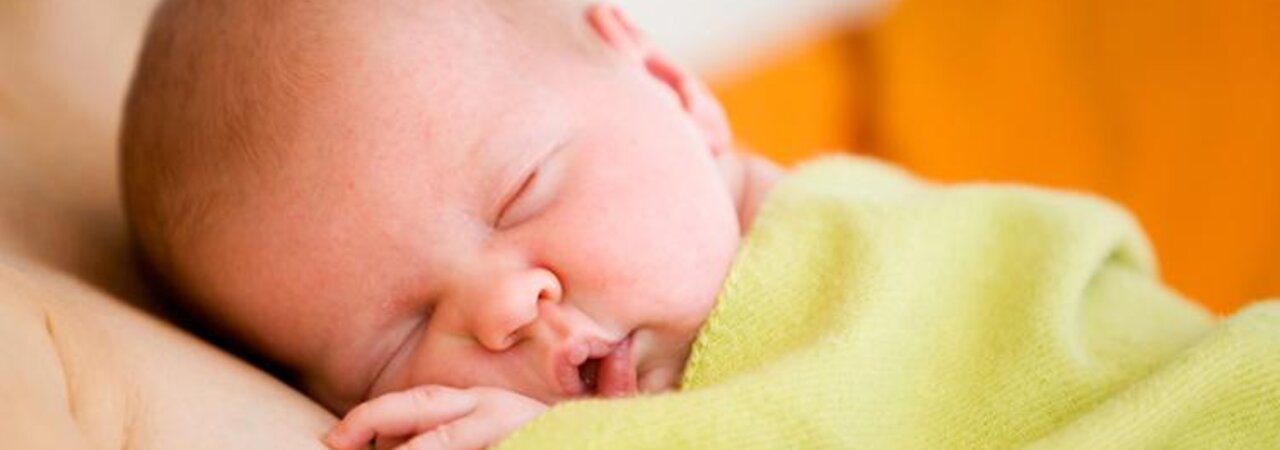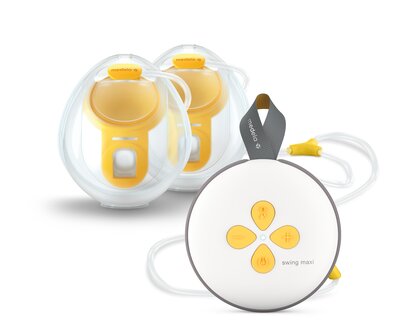Here, in this beautiful cocoon of mummy and baby nestled together, you will be surrounded by the gorgeous smell of your baby, you will feel all their little wiggles and movements, you will melt when they look lovingly up into your eyes and hold the stare because there is nothing more beautiful than their mummy and you will probably have the best breastfeeds too.
If these are not enough reasons to do skin to skin cuddles as often as you can then reading on will definitely convince you of the almost “magical” powers of holding your baby next to your skin.
What is Kangaroo Care?
Skin to skin contact is also known as Kangaroo care when it is done in the neonatal unit with babies who are preterm or unwell.
This technique has been researched since 1978 when the first big study looked at how beneficial skin to skin care was for the tiny preterm babies born in Bogotá, Columbia, where many of the hospitals could not afford incubators.
This research proved successful in improving survival rates of premature and low birth weight babies and in lowering the risks of hospital acquired infections, severe illness, and respiratory tract disease. It also increased the length of time these babies were able to exclusively breastfed.
Since then, many clinical studies have looked at the effects of skin to skin contact and the results are incredibly positive in supporting the importance of this simple but effective care.
The research clearly shows that for almost every baby, the benefits of being held in skin to skin contact far outweighs being alone in an incubator. Incubators have been invented to provide warmth, humidity, sometimes even movement, but no one has invented a device which can replace human contact!
Research has shown that that for all mammals, including us humans, being held by our mother helps us to regulate all of our physiological needs; for example: temperature, breathing, glucose levels and heart rate.
Not being close to their mothers’ leaves babies feeling stressed and dysregulation occurs - where babies find it hard to settle and regulate their body processes.
Research has also shown how mums feel a huge sense of loss when they cannot hold their baby because they are separated from them in the neonatal unit. As babies we are designed to be in frequent contact with our mum or parent.
Holding a baby in skin to skin contact is much more than “just a cuddle;” it helps mums and babies bond and it’s how babies learn to feel calm and safe. Imagine how good a hug from someone you love feels when you are feeling sad or upset? It’s powerful and helps us to feel better in so many ways we often cannot describe.
Do We Need More Skin to Skin Care in Australian Neonatal Units?
Unfortunately, despite there being huge amounts of research showing that skin to skin contact is safe for babies, here in Australia, neonatal units in the hospitals are still not routinely doing prolonged skin to skin with all babies and mums.
I hear from many mums that they were told that they couldn’t hold their baby who was in the special care nursery as they would “get too cold”, or that it will tire the baby out.
The research shows us that even tiny babies can maintain their temperature in skin to skin contact, in fact they are more likely to have stable temperature when held correctly by another human than by being in the incubator!
Tell me which is warmer… getting into bed on a cold winters night and wrapping your cold feet in the blankets or (cheekily) putting your feet on your partner’s warm legs? I know which one I prefer…not sure my partner does though!
Someone else’s warm skin will always feel so much warmer and nicer than an extra blanket! So when even the smallest of babies are placed correctly in skin to skin contact and covered in warm blankets and a beanie-hat they will maintain their temperature beautifully.
In 2016 a large Cochrane review looked at 21 papers which had studied 3042 low birth-weight babies (less than 1,500 grams at birth). This review shows that babies who had skin to skin care have a reduced risk of death, hospital-acquired infection, and low body temperature (hypothermia), and these babies would increase in weight, length and rates of breastfeeding earlier than those babies who did not have any skin to skin contact. Other research has shown how skin to skin contact is also an effective pain reliever. Good stuff huh?
So which preterm or low birth weight babies can have skin to skin care? Surely there are some babies who are not well enough yet to have contact with their mums?
There are, of course, a very small number of babies who are too unwell at the beginning to be moved from the incubator, but more recent research is showing us that fewer and fewer babies are unable to tolerate being held in skin to skin contact.
The main reason skin to skin contact is not done as much as it could be is due to traditional practices rather than that skin to skin is not recommended. For many years, we thought that technology was the way forward in the neonatal unit. For many things it is. But nothing has been shown to be better than a parent when it comes to warming, calming and feeding a baby!
The more we ask our nurses to have skin to skin contact, the more this practice is performed, valued and learnt about.
Things to Think About When Doing Kangaroo Care in the Neonatal Unit
Initiation
Discuss with your nurse or doctor when is the best time to do skin to skin contact. It will likely be about an hour before a feed.
This way baby can wake up slowly in readiness for their feed, have their feed whilst in skin to skin contact and then go back to a restful sleep after their feed whilst still on your chest. This means very little disturbance to baby has occurred throughout this whole process.
Length of Skin-to-Skin Contact
How many hours per day can you hold your baby? Most units in Australia routinely perform skin to skin care for periods of 1-2 hours. The research shows that prolonged skin to skin care gives the greatest benefits. 1-2 hours should be seen as the minimum length of time.
Aim to be in the hospital with your baby at least 6-8 hours a day (or more if you can) with most of that time spent in skin to skin contact.
In Sweden many of the Neonatal Intensive Care Units have beds for the parents to stay 24 hours a day with their premature baby. Babies are placed in skin to skin contact with a parent and they advise skin to skin contact for most of the day and night.
Parents share the role of holding the baby. Even older siblings or grandparents are involved in providing skin to skin care as in Sweden they are using the research to change their practice.
Sweden is having some remarkable improvements for their premature babies. For example, we are seeing babies start breastfeeding at much younger gestational ages than have been reported in the studies.
Preparation is Key
Ask your nurses to help you prepare to hold your baby in skin to skin care. This will feel easier with time and practice.
Make sure you ask for a recliner chair as this will make you feel much more relaxed and comfortable; all units have them but they are not always on display so you may have to ask.
Go to the toilet before you hold baby, have a drink and your phone nearby and anything else you may need. When you go to the toilet in the middle of skin to skin care, just place baby in sin to skin care with another person sitting with you or ask the nurse to place baby back in the incubator and then hold baby again once you’re back.
Safe Holding Technique
Your nurse will show you how to hold your baby so that their head is always in the safe “sniffing” position and their airway is kept clear. Even if your baby is having CPAP to help with their breathing they can be safely placed in skin to skin contact with you.
Here is a really lovely video to watch of a baby being placed in skin to skin contact with his mum for the first time. And a heart-warming image of premature twins resting on their brother and father’s chest.
Please leave us comments about your experience with skin to skin contact or join our conversations on our Medela Australia Facebook.






















































